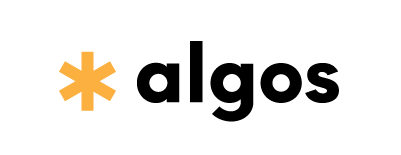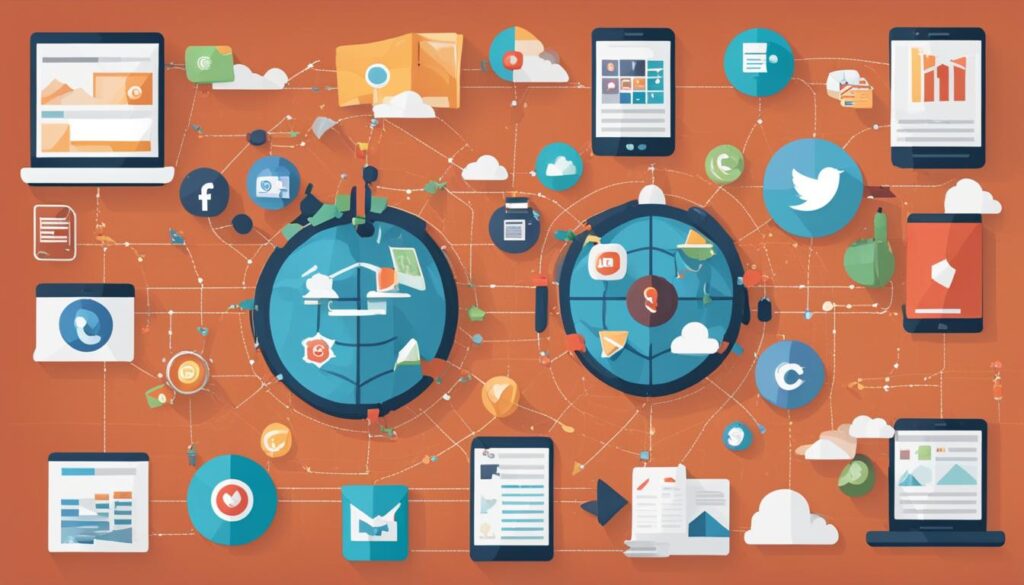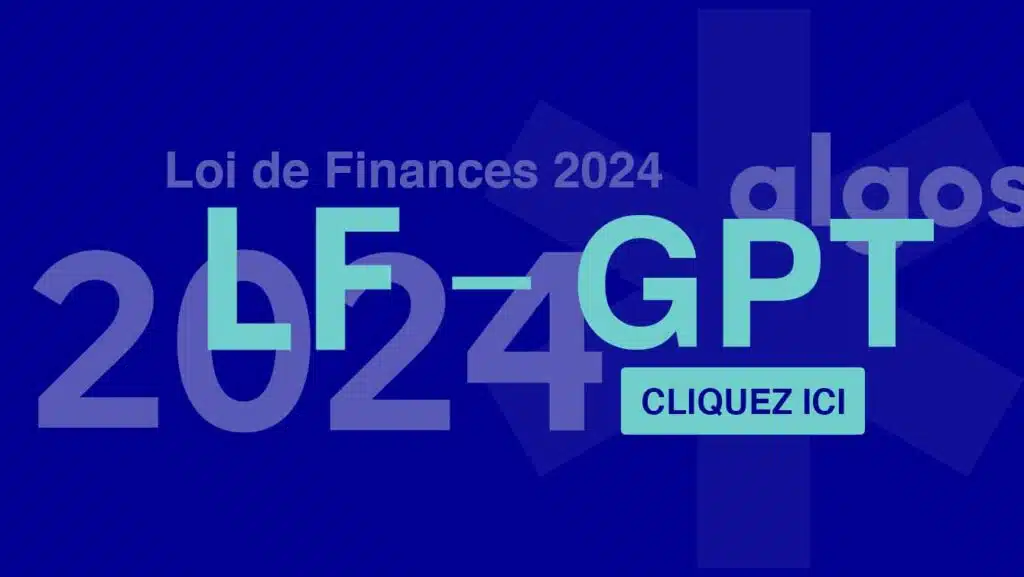Artificial intelligence (AI), at the heart of our software Minevia developed by Algos, is revolutionizing digital marketing. We use advanced algorithms and predictive models, not only to optimize conversion strategies, but also to deliver a unique and tailored user experience. Our personalized approach helps companies transform their digital interactions into tangible results.
The conversion funnel represents the journey that website visitors take from their first interaction to the final conversion, whether it’s a purchase, registration, or other desired action. AI can be used at each stage of the conversion funnel to analyze visitor behavior, personalize product recommendations, optimize offers, and drive action.
At Algos, our AI Minevia excels in integrating analytical data, business rules, and user behaviors. By combining this data with external insights, we refine product recommendations, ensuring that the value of each transaction is maximized. This ability to synthesize diverse sources of information is what sets Minevia on the market.
By using AI in the conversion funnel, brands can improve user experience, increase sales, and build customer loyalty. Personalized recommendations, quick add-to-cart features, and delivering recommendations through other channels, such as order confirmation emails and chatbots, are effective strategies to boost conversions.
Main conclusions:
- AI plays a crucial role in conversion funnel optimization
- Algorithms use analytical, behavioral and external data to influence product recommendations
- Bundles and urgency features can encourage visitors to make purchasing decisions faster
- There customization Product recommendations increase sales and build customer loyalty
- Delivering recommendations through other channels, such as order confirmation emails and chatbots, is an effective strategy to drive conversions.
The Role of Personalization in Content Marketing
Personalization, a fundamental element of our software Minevia, is the backbone of an effective marketing strategy. Algos uses advanced AI techniques to personalize interactions with each customer, ensuring that each experience is as unique as the user’s needs.
Personalization involves contextualizing a website's browsing experience, messages, and offers based on the visitor's characteristics. It takes place in 4 steps: target segmentation, triggering a personalized action in real time, marketing pressure management, and performance analysis.
There are two types of personalization: manual personalization, where the marketer manually segments their audience based on chosen criteria, and predictive algorithm-based personalization, which relies on artificial intelligence to predict visitor behavior. Businesses can use personalization to increase conversions, improve visitor engagement, and reduce churn.
The Benefits of an Editorial Schedule for Content Marketing
A editorial planning is an essential tool for a content marketing strategy efficient. It allows you to plan and organize the topics to be covered, to maintain a regular publication rate and to remain consistent with the editorial line. But what are the benefits concrete of a editorial planning for the content marketing ? Here are some reasons to adopt it:
1. Consistency and regularity
A editorial planning helps maintain consistency in content creation and distribution. By having an overview of the topics covered, you can ensure that each piece of content fits into an overall strategy. In addition, an editorial schedule allows you to maintain a regular publishing rhythm, which is essential for building audience loyalty and strengthening your online presence.
2. Organization and efficiency
With an editorial schedule, you can organize your content efficiently. You can spread out topics over a given period, plan the visuals to be created, and anticipate research and writing needs. This allows you to save time and optimize your resources, focusing on the most important tasks.
3. Adaptability and flexibility
An editorial schedule also allows you to remain flexible and adaptable. You can easily modify or adjust your strategy based on results, changes in your target market, or new trends. This allows you to be responsive and seize opportunities as they arise.
In conclusion, an editorial schedule is an essential tool for a content marketing strategy successful. It offers many benefits, such as consistency, organization, efficiency, adaptability, and flexibility. By adopting an editorial schedule, you can maximize the impact of your content, achieve your goals, and strengthen your online presence.
What is an editorial schedule and what is it for?
An editorial schedule is a summary document used by content creators to plan and organize the topics to be covered in a story. content marketing strategy. It brings together all the content to be created and distributed, such as articles from blog, publications on the social networks, videos, infographics, podcasts, etc. The editorial plan helps to stay consistent with the editorial line, ensure a regular publication rhythm, plan the creation of visuals and maintain logic between the editorial strategy and the marketing and sales strategies. It also helps to motivate content creators by providing a clear vision of the topics to be covered.
The editorial planning must be complete, simple, efficient, flexible, realistic and ambitious. It is necessary to take into account the objectives of the content strategy, target audiences, available resources and time constraints. A systematic approach to the content creation helps to plan and organize the different steps, from researching topics to publication and promotion.
To be effective, an editorial schedule should include information such as the topic, content format, expected publication date, creative lead, targeted keywords, performance metrics to monitor, etc. It can be done in the form of an Excel table, Google Sheet, or using more advanced planning tools such as TrelloThe key is to choose a tool that fits your needs and to be able to share it easily with team members for better collaboration.
How to create an effective and realistic publishing schedule?
When it comes to creating a publication schedule for your marketing strategy of content, it is essential to ensure that it is both effective and realistic. A good publication schedule allows you to plan and organize your content in a coherent and structured way, while taking into account your resources and your objectives. Here are some key steps to create a publication schedule effective and realistic:
- Make a comprehensive list of content to create: Start by listing all the content you want to create, including topics, nature of the content, recipient, desired action/reaction, publication date, status of the content, and name of the author. This will allow you to have an overview of all your content and better organize it.
- Use some planning tools : To help you manage your publishing schedule, you can use planning tools such as Trello. These tools allow you to collaborate with your team, track the progress of your content and plan the different stages of creation.
- Be realistic about your resources: Make sure to consider your available resources, such as time, skills, and budget, when planning your publishing schedule. Don’t overwork yourself and make sure your goals are realistic and achievable.
- Stay flexible: While you want to plan your content in advance, it’s important to stay flexible and be able to adjust your schedule if necessary. Needs and priorities can change, so it’s important to be prepared to make adjustments along the way.
By following these steps, you will be able to create an effective and realistic publishing schedule that will help you organize your content strategically and achieve your goals. content marketing.
Why is a content strategy updated regularly?
A content strategy Effective content marketing is a critical part of content marketing. However, it is crucial to understand that this strategy must be regularly updated and refreshed to remain relevant and meet the changing needs of consumers.
Changing market trends, technologies, and consumer needs require constant adaptation of the content strategy. By regularly updating its strategy, a company can stay in tune with its target audience and ensure that its content continues to be relevant and engaging.
Here are some reasons why a content strategy needs to be updated regularly:
- Consumer needs are changing: Consumer expectations change over time. By regularly updating its content strategy, a business can ensure that it meets the changing needs and interests of its target audience.
- Market trends are changing: Market trends are constantly changing. By updating its content strategy, a business can take into account new trends and adapt to stay competitive.
- Performance must be evaluated: A content strategy can only be effective if it is measured and evaluated regularly. By updating its strategy, a company can analyze the performance of its content and make adjustments as needed to improve its results.
- Competition is constantly changing: A business’s competitors may also change their content strategies, so staying up-to-date and adapting is essential to staying competitive in the market.
In conclusion, a content strategy must be updated regularly to remain relevant and effective. By adapting its strategy to changing consumer needs, market trends and competitive developments, a company can maximize the impact of its content and achieve its marketing goals.
The Benefits of Personalization in Content Marketing
Personalization in content marketing offers many benefits. First, it helps maintain a regular publication rhythm, by offering relevant content adapted to each visitor. By personalizing the content, it becomes more attractive and engaging, which helps improve the visitor experience on the site.
By offering personalized content, brands can also increase their conversion rates. By providing an individualized experience to each visitor, the chances of conversion are higher because the content is specifically tailored to their needs and expectations. This can translate into increased sales and revenue for the company.
Personalization also helps meet the expectations of each visitor, by offering them content that matches their interests and preferences. This promotes visitor engagement, who are more likely to stay on the site, explore more content and interact with the brand. Personalization therefore helps to build visitor loyalty and maintain a relationship of trust with them.
The benefits of personalization in content marketing include:
- Maintain a regular posting rhythm
- Improving the visitor experience
- Increase conversion rates
- Meeting visitors' expectations
- Encourage visitor engagement
- Retaining visitors
In conclusion, personalization plays a vital role in content marketing. It helps deliver a personalized experience to visitors, improve engagement, and increase conversion rates. By using personalization strategically, brands can create relevant and engaging content that drives significant results in awareness, sales, and visitor retention.
Steps to Creating an Effective Editorial Plan
Creating an effective editorial plan is essential for a successful content marketing strategy. Here are the steps to follow to put together an effective editorial plan:
Analyze and understand your audience
Before you start creating an editorial plan, it is important to understand your target audience. What are their needs, expectations, and interests? A thorough audience analysis will help you define the topics that will be most relevant and appealing to them.
Define content objectives
Once the target audience is identified, it is time to define the objectives that we want to achieve with the content. Do we aim to inform, educate, entertain? Do we want to generate leads, increase sales, or strengthen brand awareness? By clearly defining the objectives, we will be able to guide the content creation effectively.
Plan the publication schedule
Once you have your goals set, it’s time to plan your publishing schedule. It’s important to define the publication dates, as well as the type of content to create for each date. It can be helpful to use planning tools to have an overview and to facilitate collaboration with the team content creation.
Create, edit and publish content
Once the editorial plan is in place, it’s time to move on to creating the content. It’s important to consider the audience’s needs, content goals, and publishing schedule. Once the content is created, it’s also important to edit and revise it before publishing.
By following these steps, you will be able to create an effective editorial plan that will help you achieve your content marketing goals.
Practical tools for editorial planning
Editorial planning is a key part of an effective content marketing strategy. To make this task easier, there are several handy tools that can help you organize and manage your content more efficiently.
Here are some popular editorial planning tools:
- Trello: A collaborative project management tool that lets you create lists and cards to organize your content and track its progress.
- Outlook: An email management software that can be used to plan and organize your content using the built-in calendar.
These tools can help you organize your editorial plan, track your content progress, and collaborate more effectively with your team. Choose the one that best suits your needs and workflow.
The duration of the content marketing strategy and the persistence required
Content marketing strategy is a long-term investment that requires perseverance. It is important to be aware that the first conclusive results may take time, generally between 6 months and 1 year, depending on the existing audience. It is essential to keep in mind that the results may not be immediate, but with perseverance and strategic adjustments, it is possible to achieve the objectives set in terms of views, conversions and brand awareness.
It is recommended not to abandon a project that is close to your heart and to be ready to review your strategy if necessary. To maximize the chances of success, it may be wise to have accompanied by professionals content creation that will bring their expertise and experience to optimize results. The key is to stay motivated and keep in mind that the perseverance is the engine of success in content marketing.
In conclusion, the duration of a content marketing strategy can vary, but it is important not to get discouraged by results that may take time to materialize. Perseverance is essential to overcome obstacles and achieve the set goals. With a clear vision, strategic adjustments and a dose of patience, it is possible to build a solid and sustainable content marketing strategy that will bear fruit in the long term.
Conclusion
In conclusion, for an effective content marketing strategy, it is essential to combine personalization, editorial planning and persistence. Personalization allows you to create unique experiences for each visitor, responding to their specific needs and expectations. By adapting content and messages according to the characteristics of visitors, it is possible to increase conversions and engagement.
Editorial planning also plays a key role in the success of a content marketing strategy. By effectively organizing and planning the content to be created and distributed, it is possible to maintain a regular publication rhythm, remain consistent with the editorial line and keep a logic between editorial, marketing and commercial strategies.
However, it is important to note that persistence is necessary. The results of a content marketing strategy may take time to manifest, but with persistence and regular adjustments, it is possible to achieve the objectives set in terms of visibility, conversions and brand awareness. By surrounding yourself with content creation professionals and staying motivated, it is possible to successfully complete a project that is close to your heart.
FAQ
What is the role of artificial intelligence (AI) and the conversion funnel?
AI helps create advanced models for relevant product recommendations. The conversion funnel uses analytics, business rules, behavioral data, and external data to influence product recommendation.
What is the role of personalization in content marketing?
Personalization is about providing an individual experience that takes into account the needs and expectations of visitors. It contextualizes the browsing experience, messages, and offers of a website based on the characteristics of the visitor.
What are the benefits of an editorial schedule for content marketing?
An editorial schedule allows you to stay consistent with the editorial line, maintain a regular publication rhythm, plan the creation of visuals and stay motivated. It facilitates the organization and planning of content.
What is an editorial schedule and what is it for?
An editorial schedule is a content creation calendar used to plan and organize the topics to be covered as part of a content marketing strategy. It helps to stay consistent, maintain a regular publishing cadence, and plan the creation of visuals.
How to create an effective and realistic publishing schedule?
To create an effective and realistic publishing schedule, it is essential to list each content to be created with information such as the subject, the nature of the content, the recipient, the publication date, the status of the content and the name of the writer. Tools such as Excel files, Google Sheets or planning tools can be used.
Why create an editorial plan by distribution channel?
It is necessary to create an editorial plan per distribution channel to take into account the specificities of each channel. Each channel has its own constraints and requires detailed planning.
Why is a content strategy updated regularly?
A content strategy is updated regularly to stay aligned with goals, market trends, and changing consumer needs. It must be adaptable and flexible to stay relevant.
What are the benefits of personalization in content marketing?
Personalization helps maintain a regular posting rhythm, improve visitor engagement, increase conversions by creating a personalized experience, and meet the expectations of each visitor.
What are the steps to creating an effective editorial plan?
Steps to creating an effective editorial plan include defining topics, nature of content, audience, desired action/reaction, release date, content status, and editor. Planning tools can be used to help with management.
What are some practical tools for editorial planning?
Handy tools for editorial planning include Trello, Outlook, etc. These tools allow for better collaboration and management across large projects.
How long does a content marketing strategy last and how much persistence is needed?
A content marketing strategy is a long-term undertaking. The first conclusive results can take time, often 6 months to 1 year, depending on the existing audience. It is important to remain persistent and adjust the strategy if necessary.
Conclusion
THE content marketing is a strategy effective that can be enhanced through elements such as artificial intelligence, personalization and a well-organized editorial schedule. Persistence is essential to achieve sustainable results.








